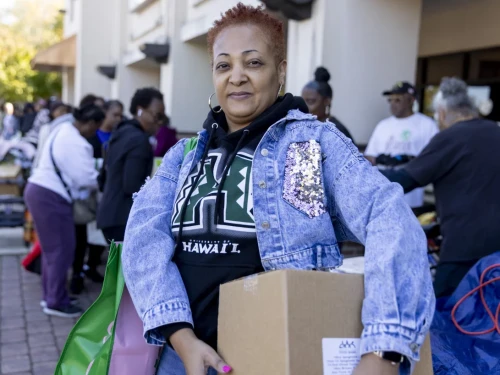Last week, the Rhode Island Coalition to End Homelessness conducted its annual Point-In-Time count, measuring how many people are experiencing homelessness across the state on a given night. Last year’s count showed a 35% increase over the previous year. Jennifer Barrera, chief strategy officer for the Rhode Island Coalition to End Homelessness, was among the people conducting this year’s Point-In-Time count. The results of this year’s count will be released late this year, but Barrera spoke with morning host Luis Hernandez about what she saw, what’s behind the recent rise in homelessness, and possible solutions.
Interview highlights
On what she saw during the Jan. 21 Point-In-Time count
Jennifer Barrera:
This past Tuesday night was actually one of the coldest Point-In-Time counts that we’ve ever conducted here in Rhode Island. I’ve been doing the Point-In-Time count since 2016. The feel-like temperature was in the single digits. I was in Newport County. That evening was really challenging for us. We were dressed appropriately. We had weather-appropriate clothing, and we were able to get into our cars in between some of the sites that we were serving.
We found a couple of people in their vehicles. We found a couple of people that were sleeping outside. One person wasn’t asleep yet but was sitting on a park bench and just sort of bundled up with a lot of layers and blankets and had their belongings packed around them to protect them from the wind.
Conducting the Point-In-Time count reminds you, as someone working in the homeless response system, how critical the work that we do is how critical the weather is for people. It is so dangerous for people to be outside.
This interview was conducted by The Public’s Radio. You can read/listen to the entire interview here.







